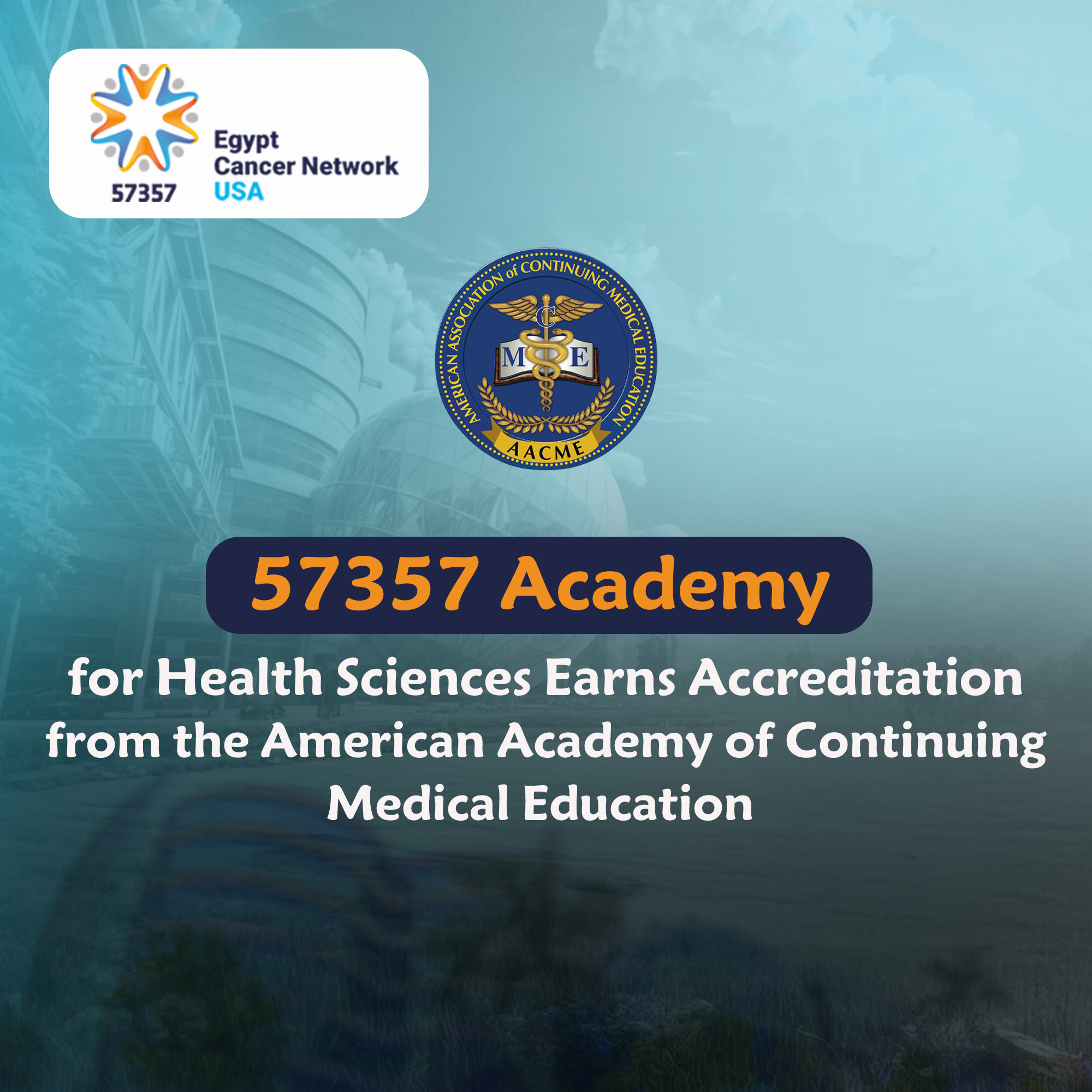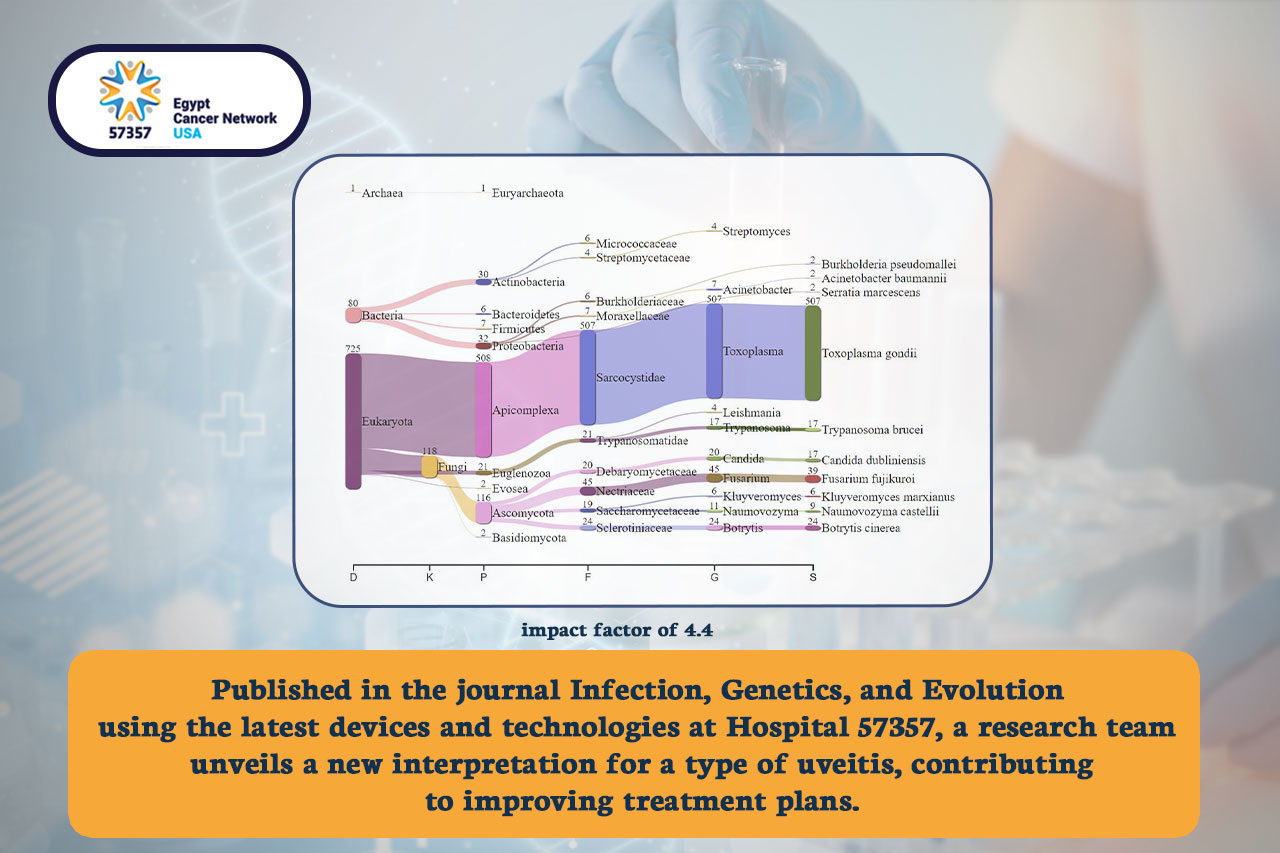Utilizing the latest technologies available at Children’s Cancer Hospital Egypt 57357, a research team has succeeded in proposing a new explanation and accurate description of a disease affecting the eye known as granulomatous anterior uveitis, whether single or multiple gelatinous nodules, opening the door to more precise treatment plans that contribute to faster healing and increased recovery rates.
The research, conducted in collaboration between Children’s Cancer Hospital Egypt 57357, the Military Medical Academy, Cairo University, and Fayoum University, addresses the issue of many children living in rural areas suffering from a serious eye disease called granulomatous anterior uveitis, which if left untreated, could lead to vision loss.
The prevailing belief, as stated by Dr. Ahmed Sayed Abdelaziz, Head of Genome Research Unit at Hospital 57357, was that children’s eye infections with this disease were caused by parasitic worms due to swimming in contaminated water. However, the study sought to learn more about this disease and its causes using the hospital’s state-of-the-art highly sensitive devices. Through the study, samples isolated from the eyes of fifty children afflicted with the disease, who did not respond to treatment, were examined. DNA sequencing was conducted using second-generation gene scanning devices, and results were analyzed using high-speed computers, successfully identifying bacterial organisms present in the isolated samples. The study revealed no genetic evidence for subsequent parasitic stages, refuting previous findings regarding the disease’s relationship with parasitic worms and providing a more accurate interpretation of the disease, contributing to the success of prevention efforts and the development of more precise treatment plans to expedite healing and improve recovery rates. The research was published in the journal Infection, Genetics, and Evolution with an impact factor of 4.4. [Study Link: https://doi.org/10.1016/j.meegid.2024.105551
.



 Donate Now
Donate Now

